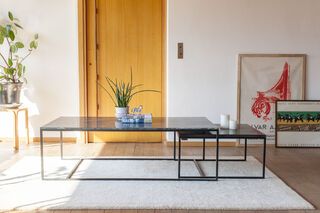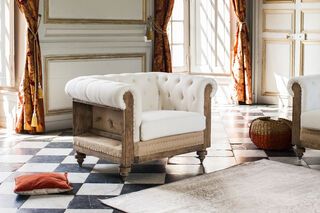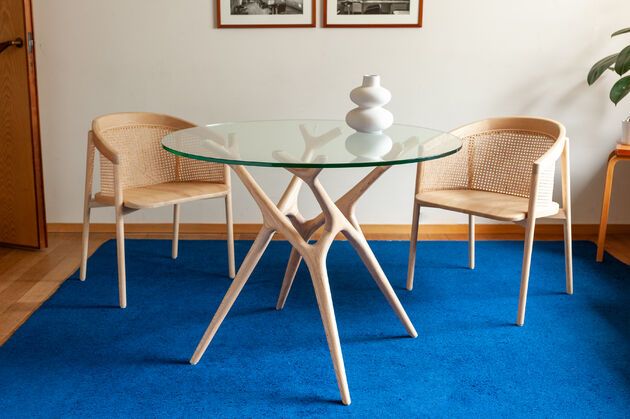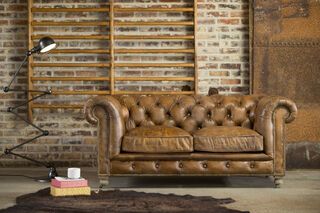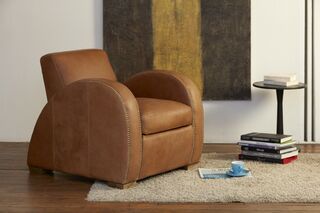assistant
10 festive days
Styles
The category offers a reading of major aesthetic movements in furniture design. Brutalism, Scandinavian, industrial, classical, or minimalist: each style reflects an intention, an era, a way of inhabiting space. By approaching them individually, choices become clearer, affinities emerge, and coherence is strengthened. This stylistic approach does not aim to confine, but to provide reference points. It allows for designing an interior based on solid guidelines, without giving up nuance or evolution.
read more >Thinking about interior design through styles allows you to structure your choices without making them rigid. Each stylistic movement — from refined modernism to assertive brutalism, from natural Scandinavian to reinterpreted classicism — follows its own internal logic. Understanding these logics helps refine your reading of objects and better connect the elements. In this context, style is not a visual dogma but an interior grammar, a system of coherence.
Some styles emphasize bare function: simple lines, utilitarian shapes, absence of ornamentation. Others highlight material: raw solid wood, patinated metal, aged leather. Some aim for harmony: balance of volumes, muted textures, soft lighting. Each expresses a specific relationship to comfort, time, and space. Industrial style, for example, plays with material contrasts and references to the working-class past. Scandinavian style, in contrast, emphasizes clarity, functionality, and economy of means. Brutalism embraces the radicality of solid forms, while minimalism seeks to lighten everything that can be lightened.
Choosing a style doesn't mean copying it entirely. It's more about drawing inspiration from it to structure a whole, define intentions, and establish a coherent line. Style becomes a tool for composition. It helps choose the right proportions, create dialogue between materials, and link different pieces. Within a reasoned design logic, it helps limit accumulation and visual dissonance. With a clear direction, a space can evolve over time without losing its identity.
This classification by styles also makes navigation easier. By understanding the principles of each movement, one can refine searches, avoid incoherent pairings, and save time. The goal isn't to oversimplify, but to provide strong, useful reference points that help form an overall vision — even one that's open to adaptation. Because a style, by definition, lives. It evolves with practices, technologies, and the spaces where it is applied.
In conclusion, approaching furniture by style is not about fixed categorization. It’s a way of reading. It clarifies, organizes, and guides. It provides tools to build a thoughtful, coherent, fluid interior — without limiting personal expression.
